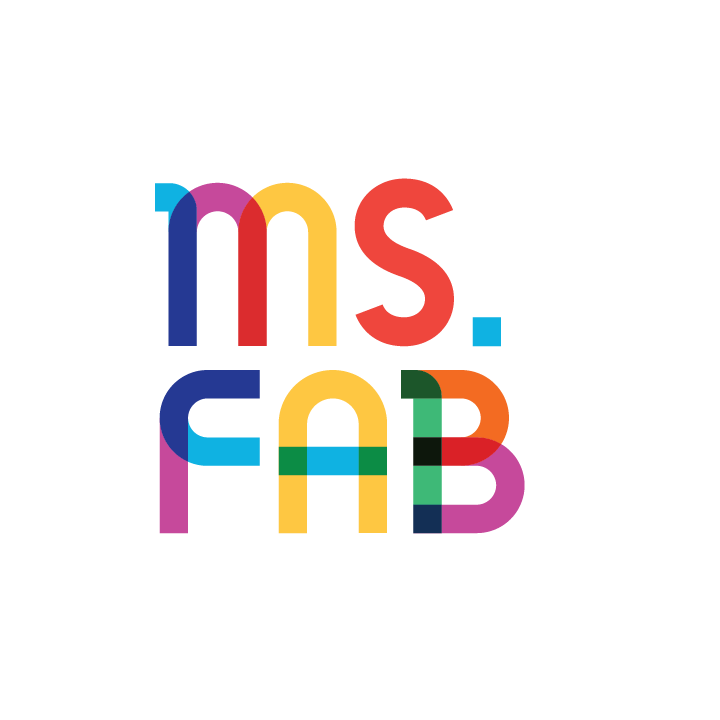The Synthesis Experience
Now that I have shared with you our promise and what makes us unique, I want to take you behind the scenes on the Synthesis Experience, or how we “teach.”
At Synthesis, we don’t design for content. We design for experience. Our simulations are built from scratch to be not only engaging, but deep. They will change the way your child approaches real-life problems and prepare them to navigate the complexity and chaos that comes with life.
As you can appreciate by now, Synthesis is not about fun or engagement. These features are means to the ultimate end: learning. The implicit novelty and difficulty of our simulations also lead to the most satisfying experiences. But, together with fun and engagement, these exist to set up the circumstances to “teach” kids problem-solving and decision-making skills.
So, what goes into the design of a Synthesis Experience? Or more importantly, what is your child learning at Synthesis?
We break out the Synthesis Experience into six components.
Simulation Mechanics
Simulation Concepts
Mental Models
Team Reflection
Simulation Analysis
Personal Reflection
Think of these as the ingredients of the Synthesis recipe for learning.
First, let’s dive into our simulations, starting with Simulation Mechanics.
When designing a simulation, we put ourselves in students’ shoes to visualize how they will interact with it. Visualizing Simulation Mechanics involves picturing how kids will act with incomplete information. Part of the learning experience at Synthesis is working with teammates to bring a sense of order to the game. This includes figuring out the basic rules, identifying the specific scoring variables, determining how to best adjust their team’s strategy, and managing the inherent disorder that occurs when working within a team. Sounds chaotic, and it is, just like real life.
The second ingredient of the recipe for the Synthesis Experience is Simulation Concepts. As you know by now, we want Synthesis to equip kids to solve hard problems. To do this, we need to elevate the standards for the concepts we teach. At first glance, some of these seem hard for kids to digest, but again (and we won’t get tired of saying this), kids are capable of understanding much more than we think. Our first simulations expose kids to “adult” concepts like revenue, profit, Dutch Auctions, wormholes, and headquarters, to name a few. Keep an eye out for your child’s improved vocabulary as we move through!
Then come Mental Models. Mental Models are at the heart of what our students learn at Synthesis. They represent tools or concepts that kids can later use to approach any problem. Students develop a toolkit of mental models by synthesizing concepts and learnings from our simulations. We don’t always teach these explicitly (kids are good at recognizing patterns!), but for every Synthesis simulation, we know the mental models that are at work. Take a look at this video, where our Teaching Assistant, Garrett, introduces a game-theory concept implicit in Constellation.
Now on to the sensemaking of the Synthesis Experience. All sessions include time where we guide kids to (you guessed it!) make sense of their interactions with the competitive simulations.
After each game, students engage in Team Reflection. Teams get together to talk about how they operated, the personality of their team (e.g. aggressive or defensive), how the team made decisions, and the roles played by team members. The deep conversations that we lead and the reflections that we insist upon drive the learning and the connections from Synthesis simulations to the real world.
Following Team Reflection, facilitators play a special role in Simulation Analysis. Here the whole cohort gets together to discuss team decisions and weigh their effectiveness. “Why did the red team’s decision pay off?” “Can someone offer an example of a risk taken by their team that did not prove beneficial?” These discussions could happen spontaneously among students, but our facilitators are always looking for interesting scenarios to highlight in the group discussions. Kids practice communicating in front of the whole group, and we love to see students project accountability.
To round up the Synthesis Experience, last but not least comes Personal Reflection. The Synthesis Experience is not complete if our students don’t grow to become more self-aware individuals. How did I contribute to the team dynamic? How can I improve? What role should I play next time? The following video is an example of how we guide students through self-reflection.
So, there they are—all six ingredients of the recipe for learning at Synthesis. Not all of the magic happens when students are competing in simulations or during cohort discussions. We trust that the seeds we plant remain and grow with your child after they leave each weekly session.
The real learning occurs over time, as kids synthesize concepts and mental models from all the simulations they will have access to at Synthesis. We will only declare success if kids go on to apply this toolkit to solve hard problems and innovate in the real world.
In my next and final blog post of this series, I will walk you through your child’s progression at Synthesis.
Ms. Fab
Join the Synthesis Community.
You can apply for a cohort here!
